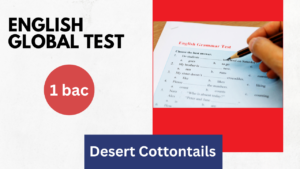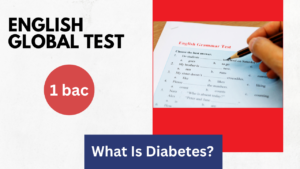
Introduction
A descriptive paragraph follows a specific structure to effectively convey a vivid description to the reader. While there may be variations based on the specific topic or purpose of the paragraph, the following structure provides a solid foundation:
Components Of Descriptive Paragraph
A descriptive paragraph should be made of the following elements:
Introduction:
Begin with an engaging opening sentence that captures the reader’s attention and introduces the topic of your description. This sentence should set the tone and establish the overall idea or message you want to discuss.
Topic Sentence:
The topic sentence serves as the main idea or focus of the paragraph. It should clearly state what you are describing and provide a glimpse of the overall impression you want to create. This sentence acts as a guide for the rest of the paragraph.
Supporting Details/Sentences:
The body of the paragraph should consist of vivid and specific details that support the topic sentence. Use sensory language to engage the reader’s senses and create a clear mental image. Include details related to sight, sound, smell, taste, appearance, features, qualities, and touch to make the description more immersive.
Organization:
Organize your supporting details in a logical and coherent manner. You can use different methods of organization, such as spatial organization (describing from one area to another) or chronological organization (describing events in the order of time they occur). This helps the reader follow the flow of your description smoothly.
Figurative Language:
Incorporate figurative language, such as metaphors, similes, and personification, to add depth and creativity to your description. These literary elements can make your writing more engaging and help the reader visualize and connect with the subject on a deeper level.
Conclusion:
Conclude the descriptive paragraph by summarizing the main points and leaving a lasting impression on the reader. Restate the main idea or dominant impression and reinforce the overall mood or idea you aimed to create. You can also end with a thought-provoking statement or a final sensory detail to leave a strong impact.
Conclusion
Remember, the structure of a descriptive paragraph is flexible and can be adapted to suit your specific writing style and purpose. The key is to provide a clear and vivid description that captivates the reader’s imagination and creates a lasting impression.






